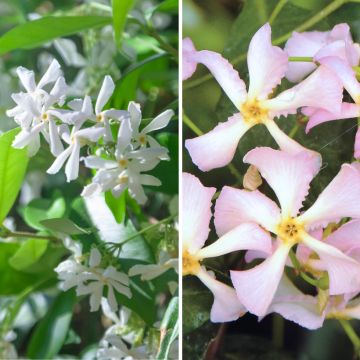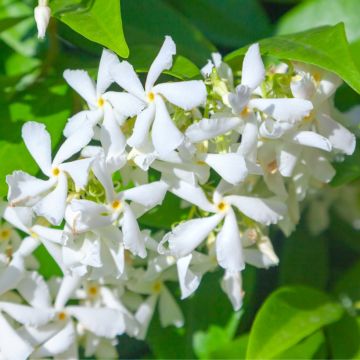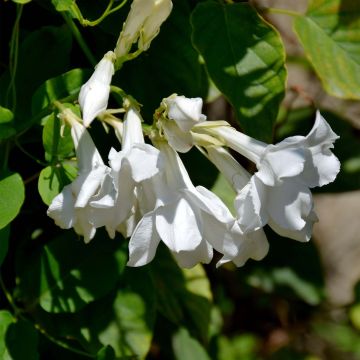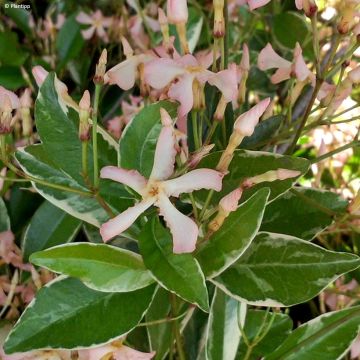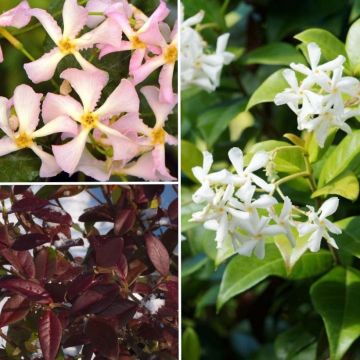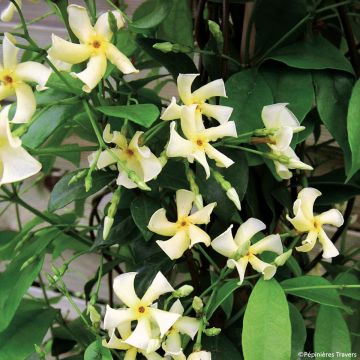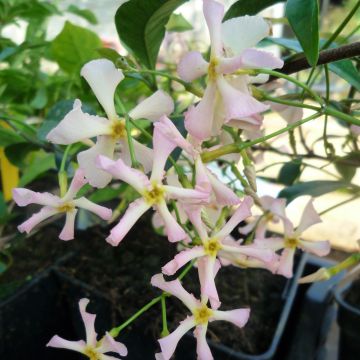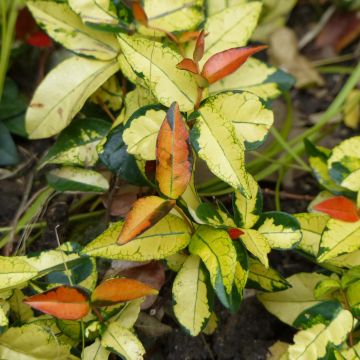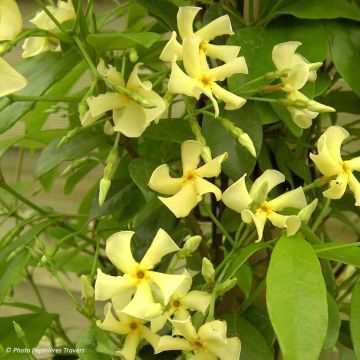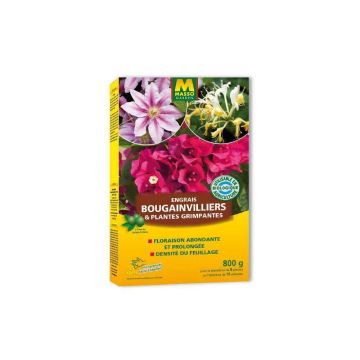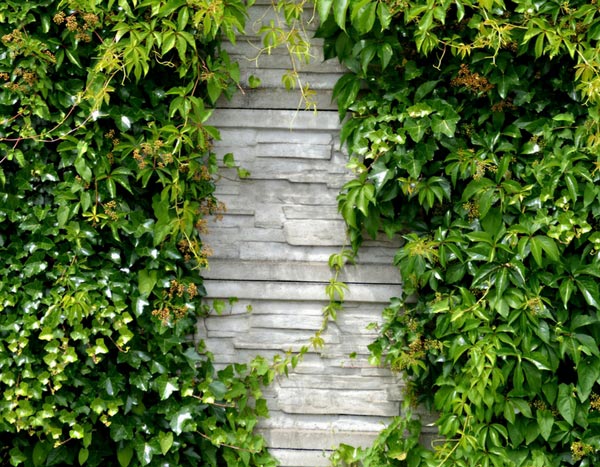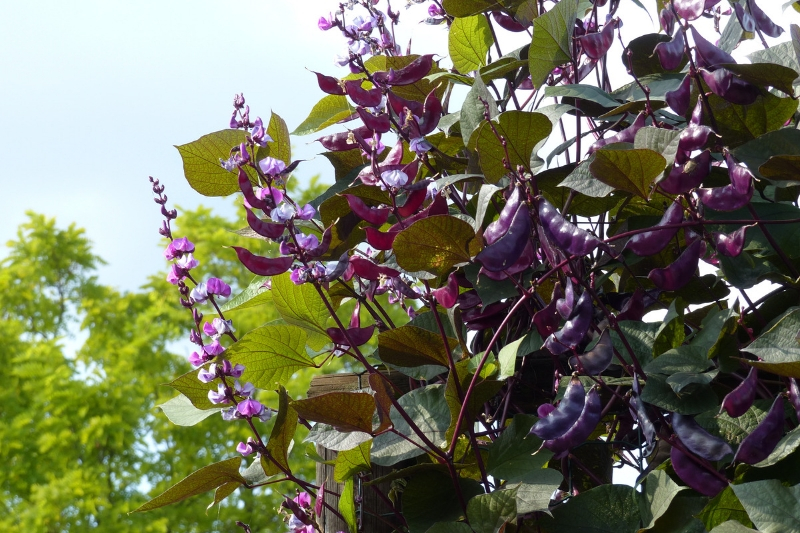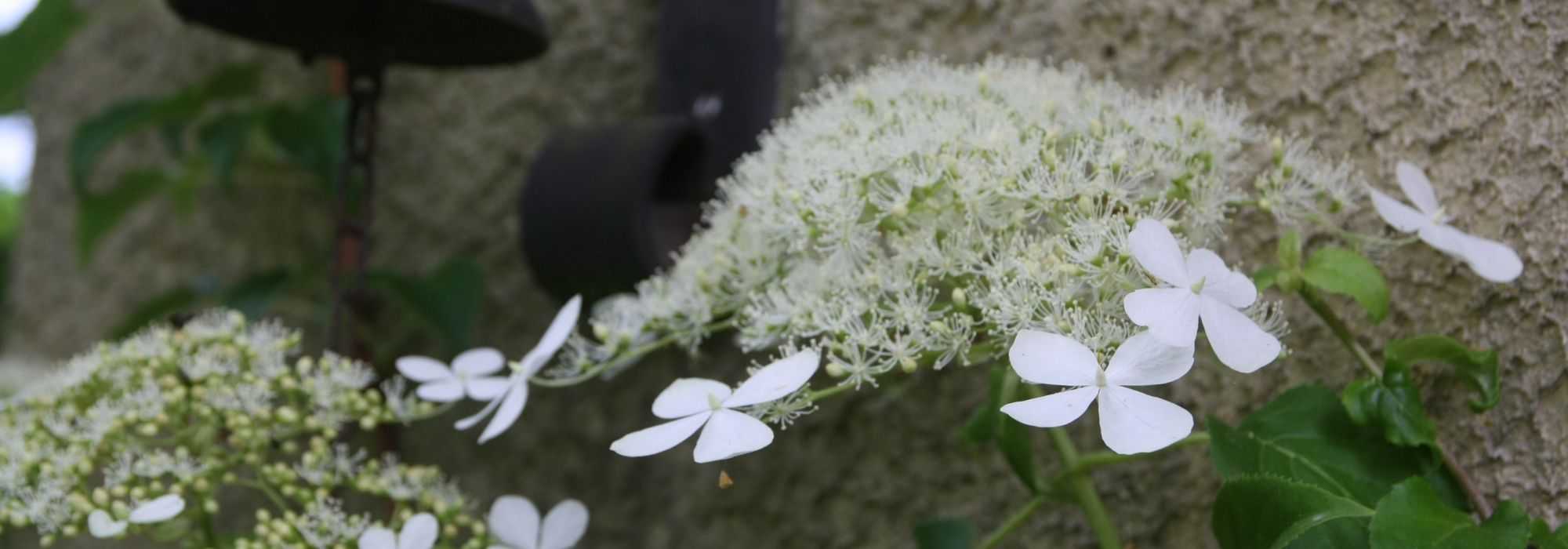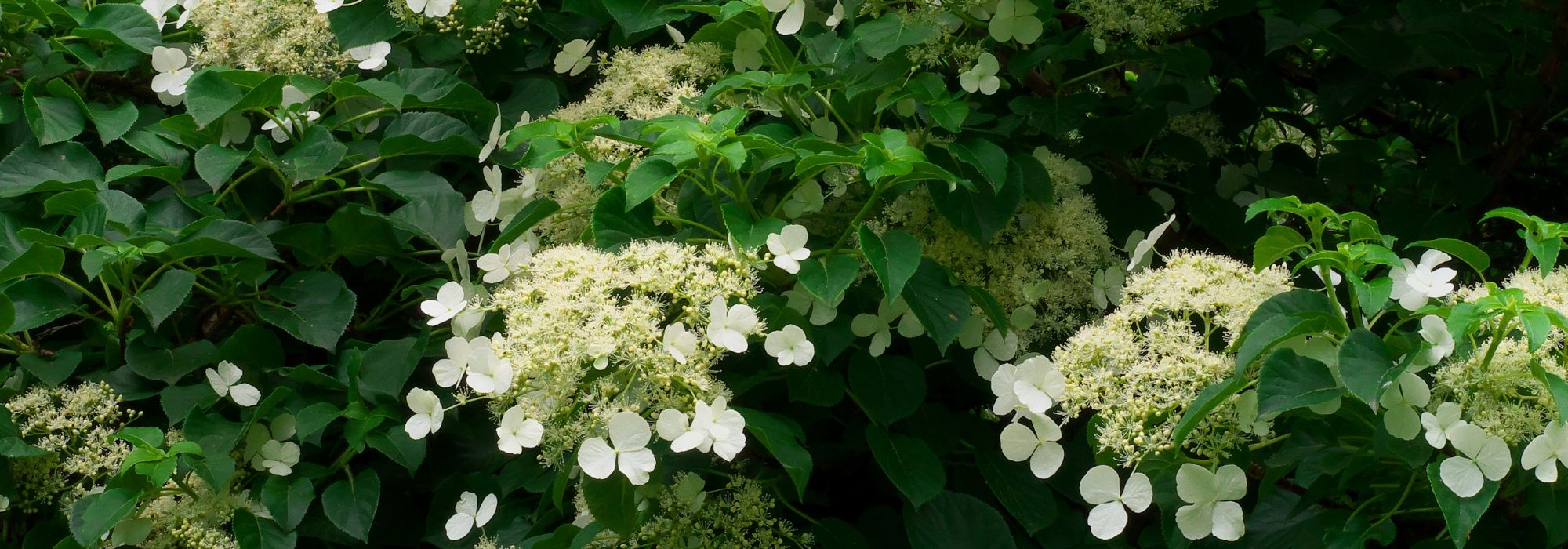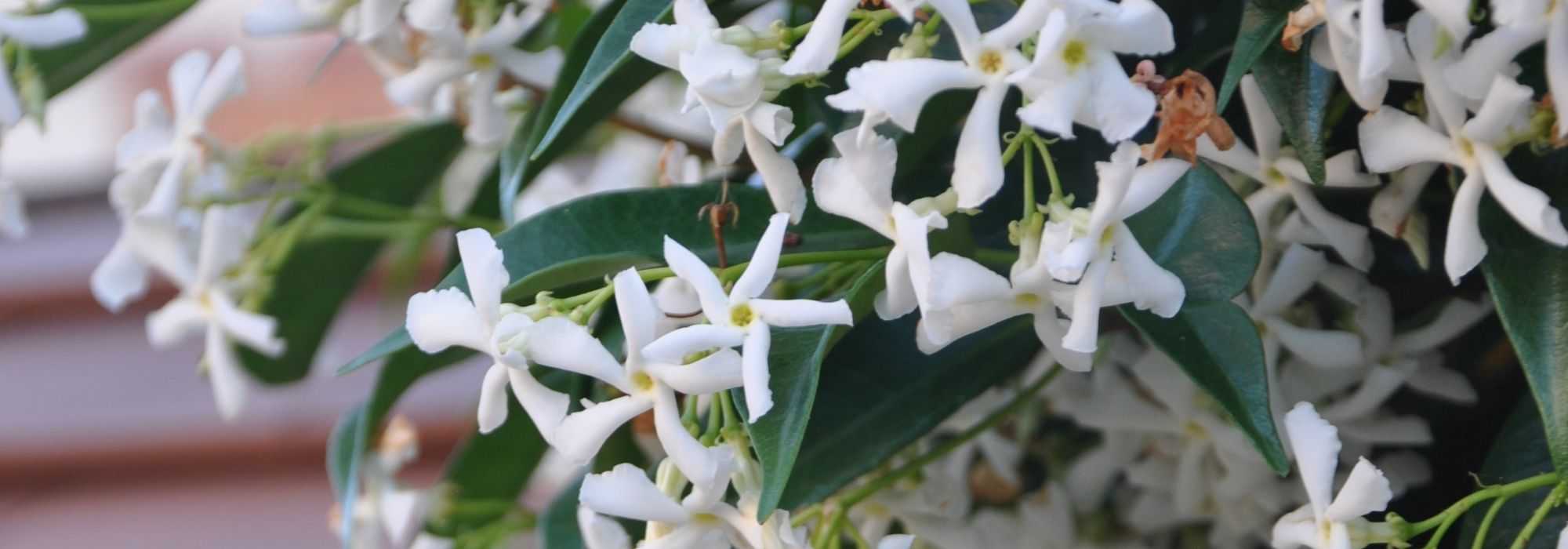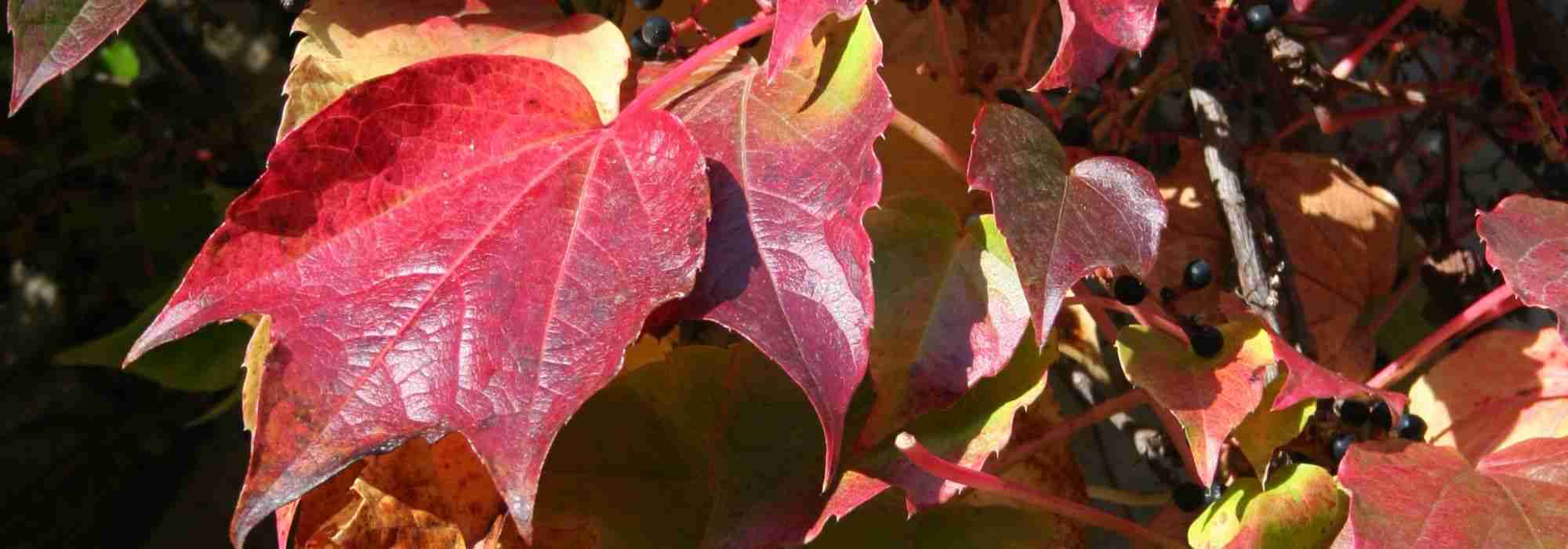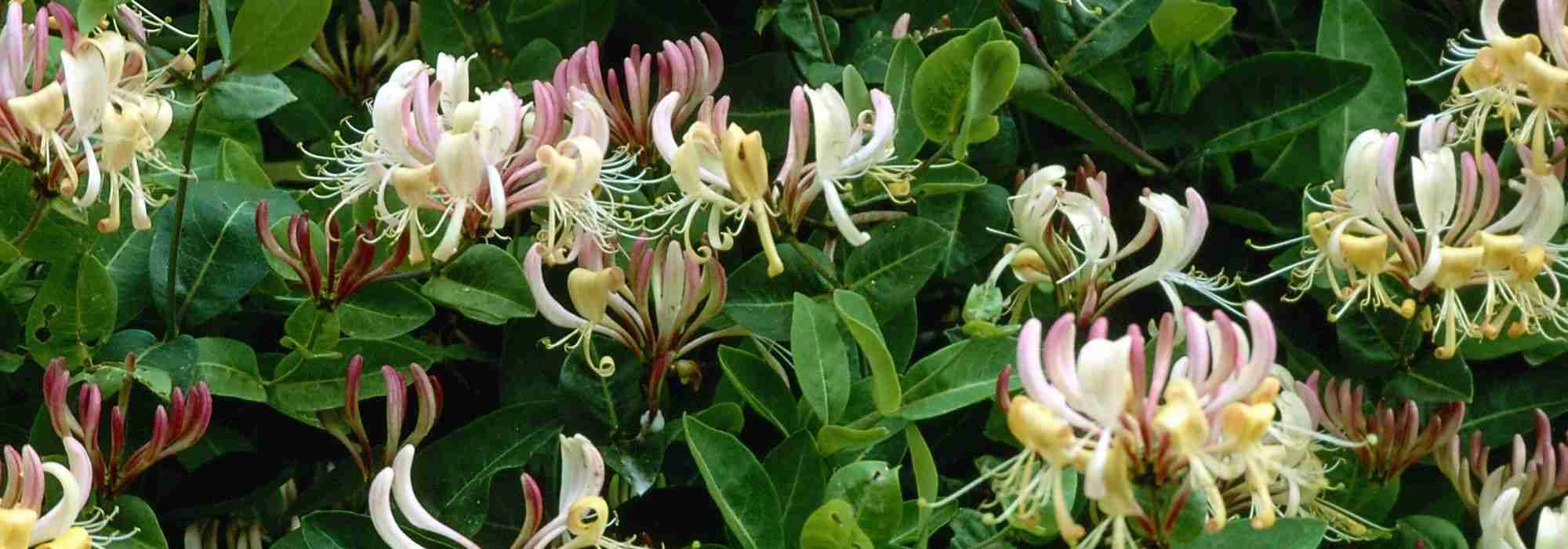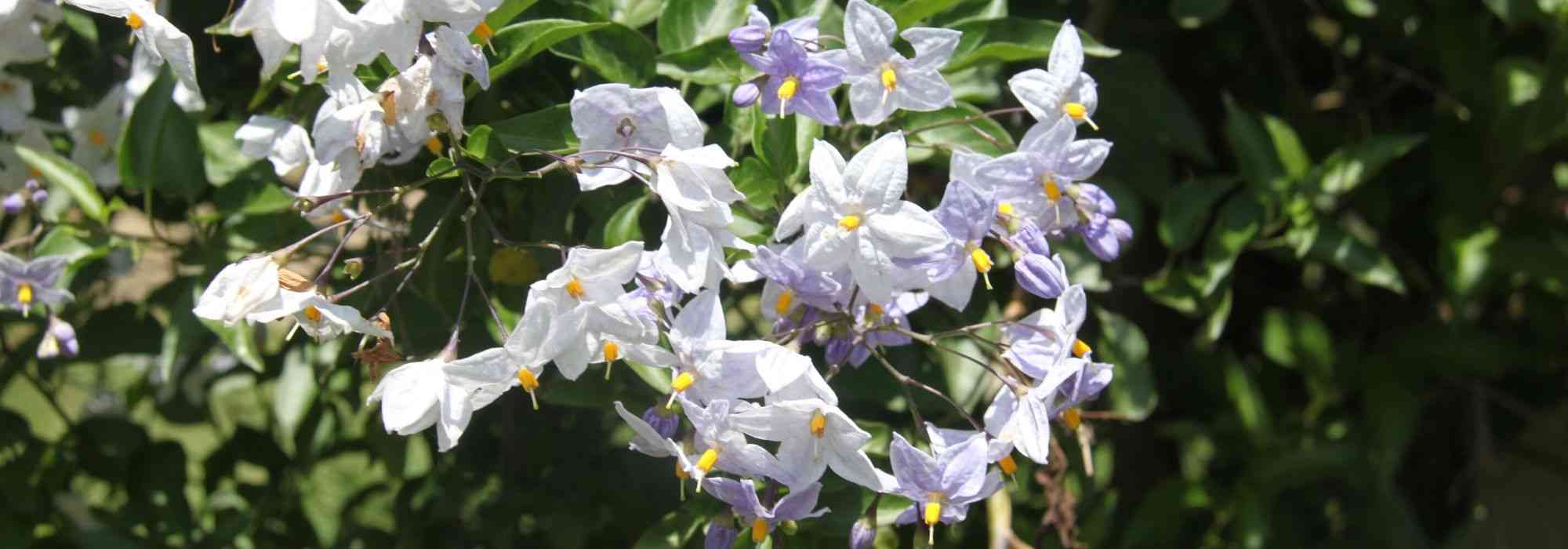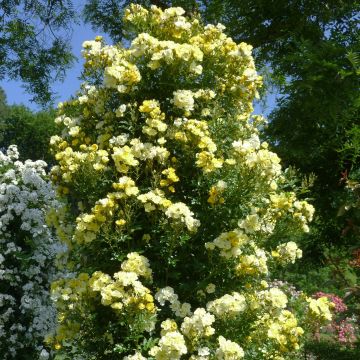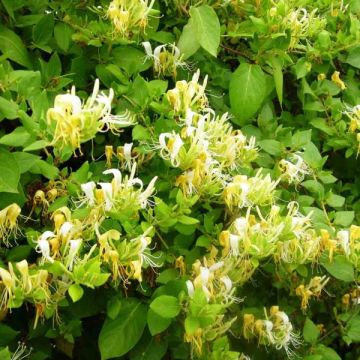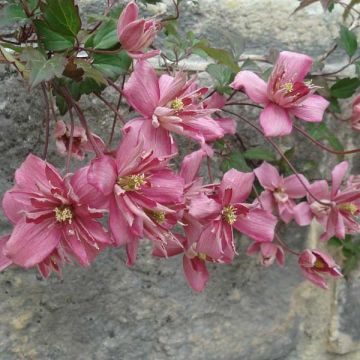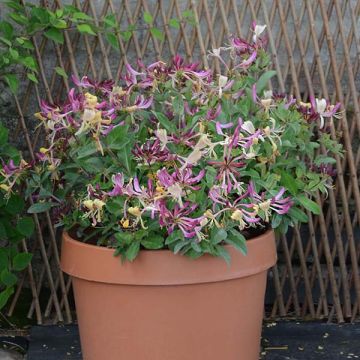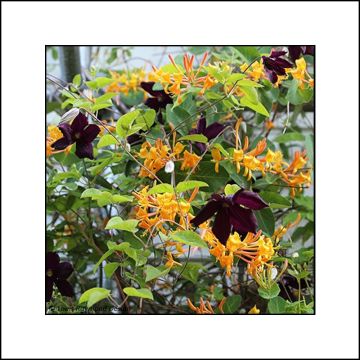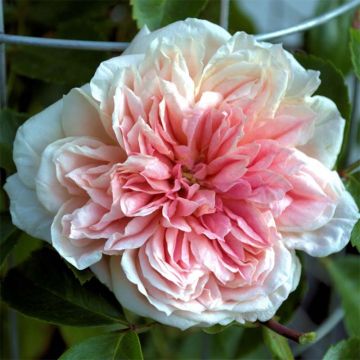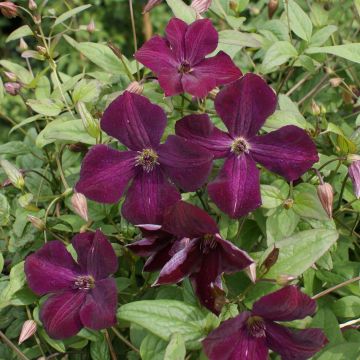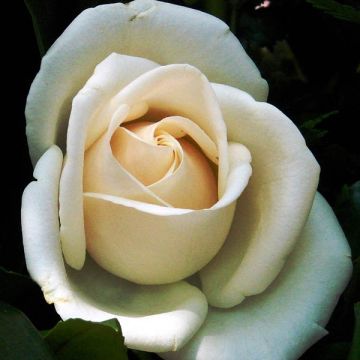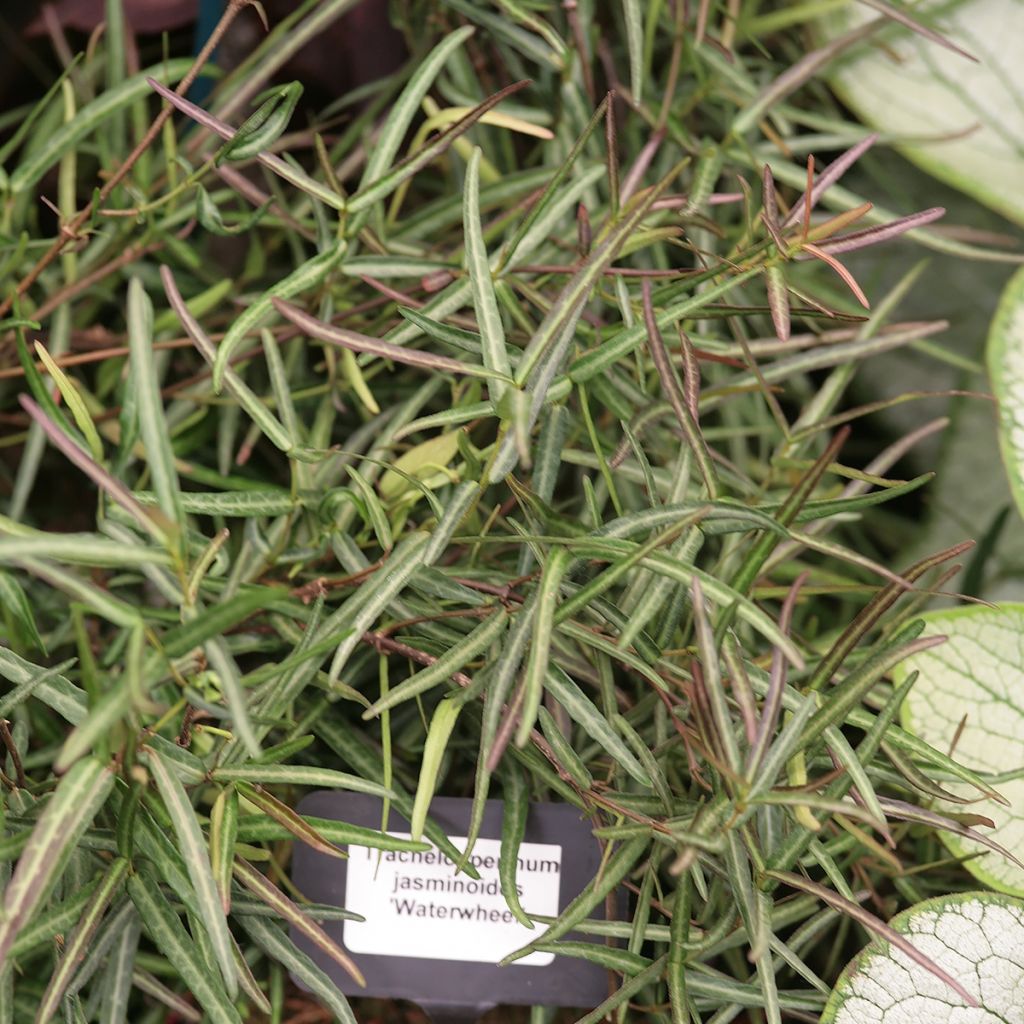

Trachelospermum jasminoides Waterwheel - Star Jasmine
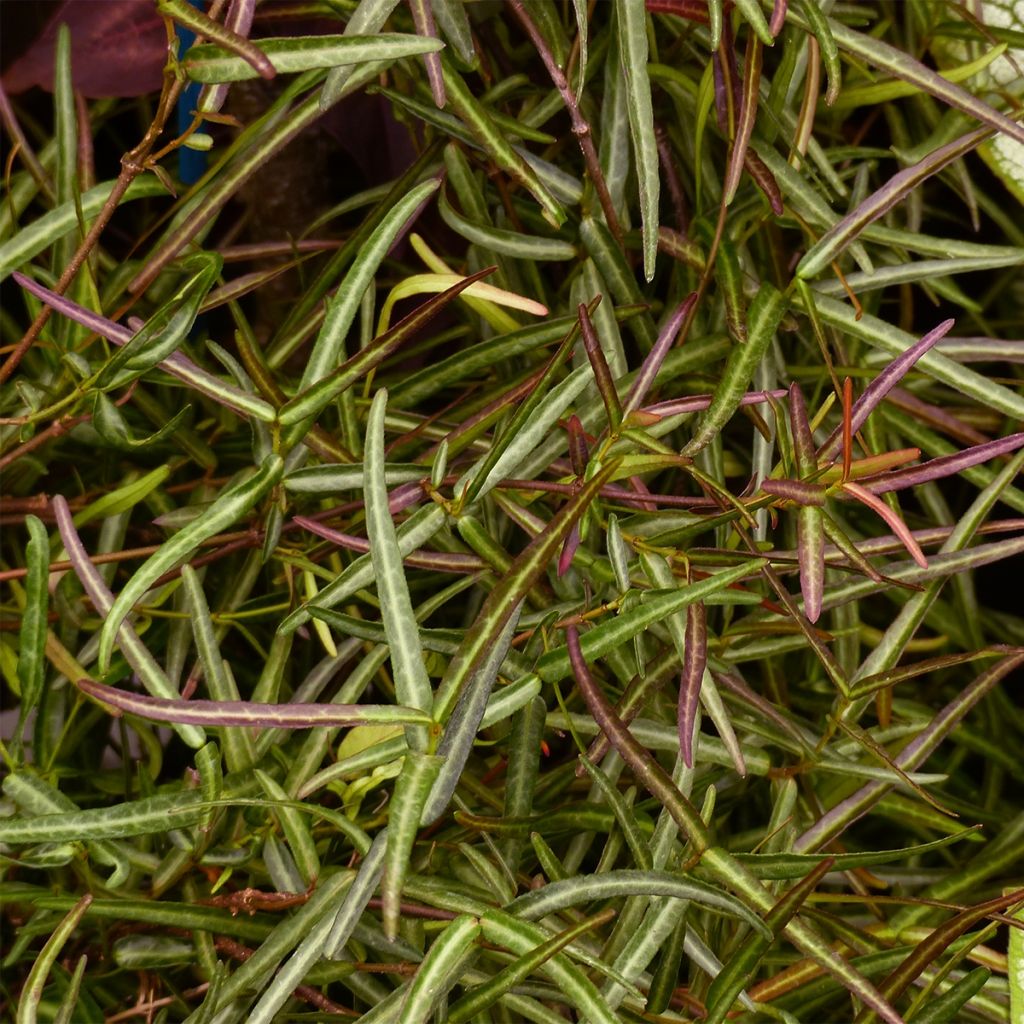

Trachelospermum jasminoides Waterwheel - Star Jasmine
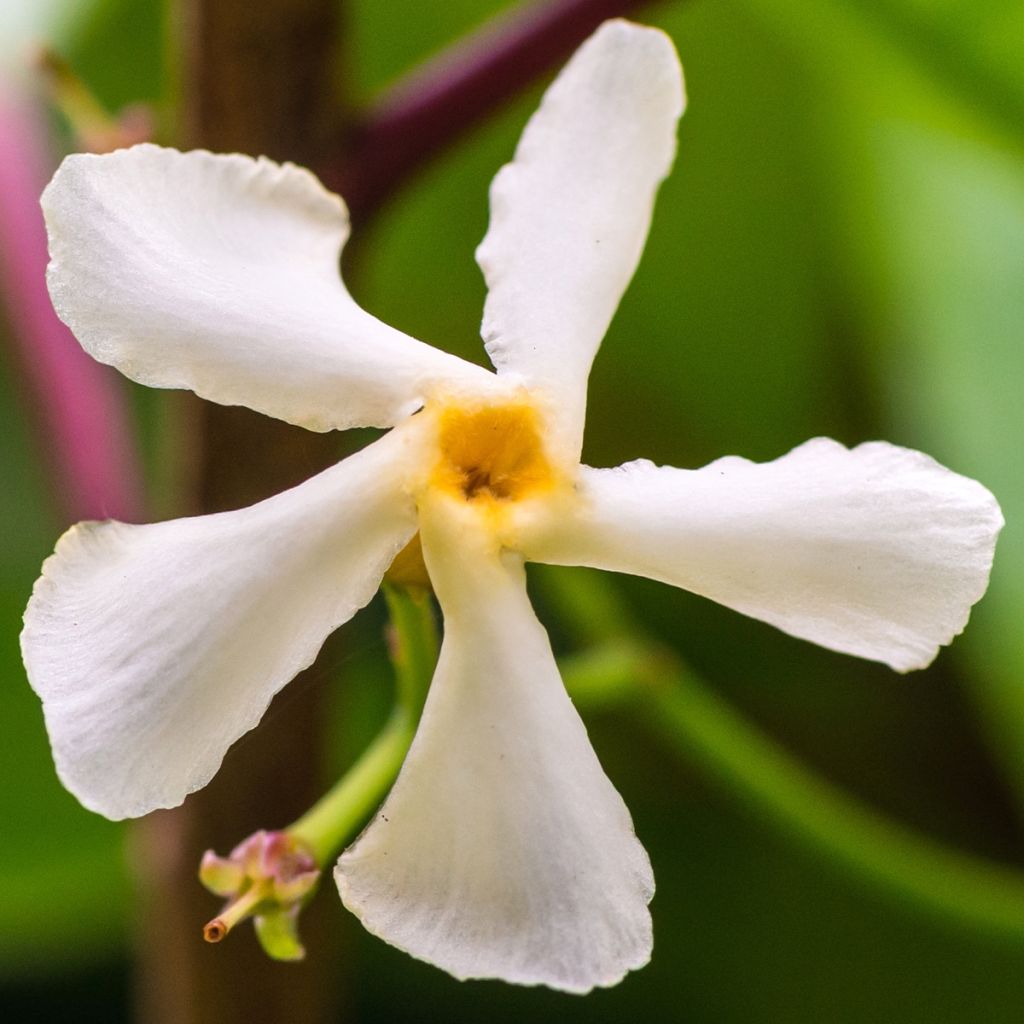

Trachelospermum jasminoides Waterwheel - Star Jasmine
Trachelospermum jasminoides Waterwheel - Star Jasmine
Trachelospermum jasminoides Waterwheel
Star Jasmine, Confederate Jasmine, Trader's Compass
Height 2 cm (1in) Description does not exceed 2 m (7ft).
monique, 20/02/2024
Special offer!
Receive a €20 voucher for any order over €90 (excluding delivery costs, credit notes, and plastic-free options)!
1- Add your favorite plants to your cart.
2- Once you have reached €90, confirm your order (you can even choose the delivery date!).
3- As soon as your order is shipped, you will receive an email containing your voucher code, valid for 3 months (90 days).
Your voucher is unique and can only be used once, for any order with a minimum value of €20, excluding delivery costs.
Can be combined with other current offers, non-divisible and non-refundable.
Home or relay delivery (depending on size and destination)
Schedule delivery date,
and select date in basket
This plant carries a 6 months recovery warranty
More information
We guarantee the quality of our plants for a full growing cycle, and will replace at our expense any plant that fails to recover under normal climatic and planting conditions.
Would this plant suit my garden?
Set up your Plantfit profile →
Description
Trachelospermum jasminoides 'Waterwheel' is a variety of star jasmine that stands out for its small size and slender, elongated leaves that change colour throughout the seasons. Decorative all year round, it rarely flowers. With its compact, dense and well-branched vegetation from the base, this selection is perfect for small spaces and container gardening. Its design is perfect in contemporary or Japanese-inspired settings.
The Waterwheel star jasmine is a climbing or creeping plant of the Apocynaceae family, it is a cousin of periwinkles, but also of the Alamanda and the Mandevilla (Dipladenia). Its botanical ancestor, Trachelospermum jasminoides, is native to China, Japan, Korea and Vietnam, where it grows on the edge of forests and among bushes.
'Waterwheel' is a small twining climber that produces highly branched stems not exceeding 2m (7ft) in length. The spring shoots are purplish red, then the stems turn green. They bear small, glossy, single leaves, about 5cm (2in) long and 1.5cm (1in) wide on average, entire, narrow and elongated ovals, with pointed tips. At budbreak, they are often coloured purple. Then their colour is a fairly dark green with bluish reflections, traversed by silver veins, with autumn and the drop in temperatures causing the appearance of warmer colours such as orange and bronze. Flowering takes place from May-June to August-September, in successive waves depending on the moisture of the soil. White star-shaped flowers, 2cm (1in) wide, appear at the axil of the leaves or at the end of the branches. Their perfume, reminiscent of jasmine, is however much sweeter and strongly accented with vanilla.
Trachelospermum Waterwheel brings any area to life throughout the year. In most climates, except for the coldest ones, it can be planted in the ground, in preferably well-drained and humus-rich soil, in sunny or semi-shaded exposures. It forms an original ground cover, but can also be planted on a small structure or trellis. It can be grown in a pot in colder areas to allow you to shelter it in winter, storing it in an unheated greenhouse or conservatory to enjoy its beautiful winter foliage. To accompany it, consider for example some variegated ivy.
Report an error about the product description
Trachelospermum jasminoides Waterwheel - Star Jasmine in pictures
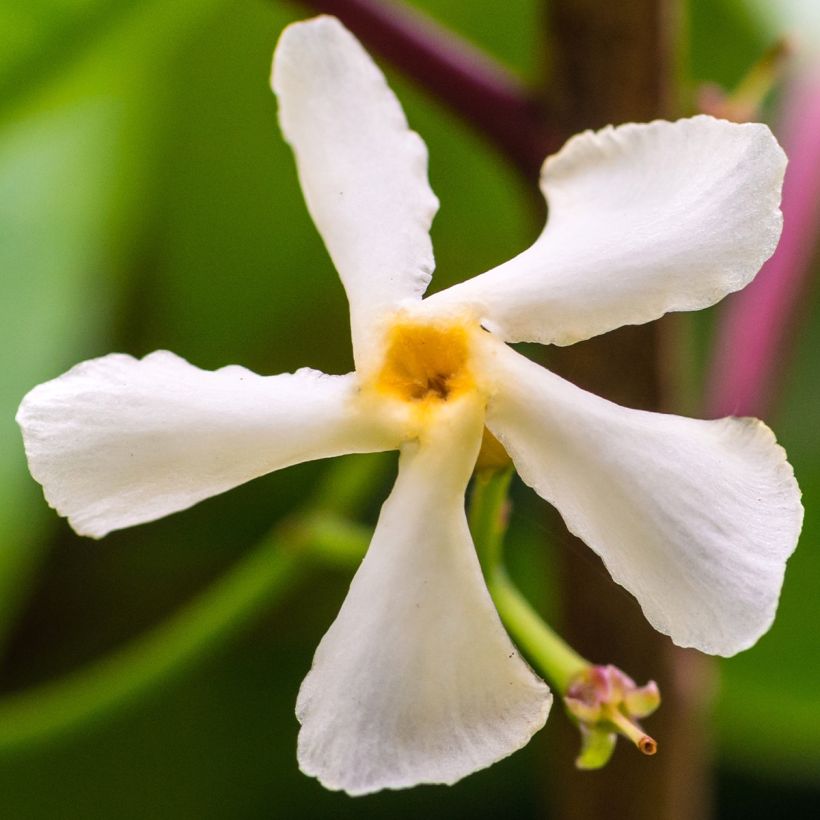

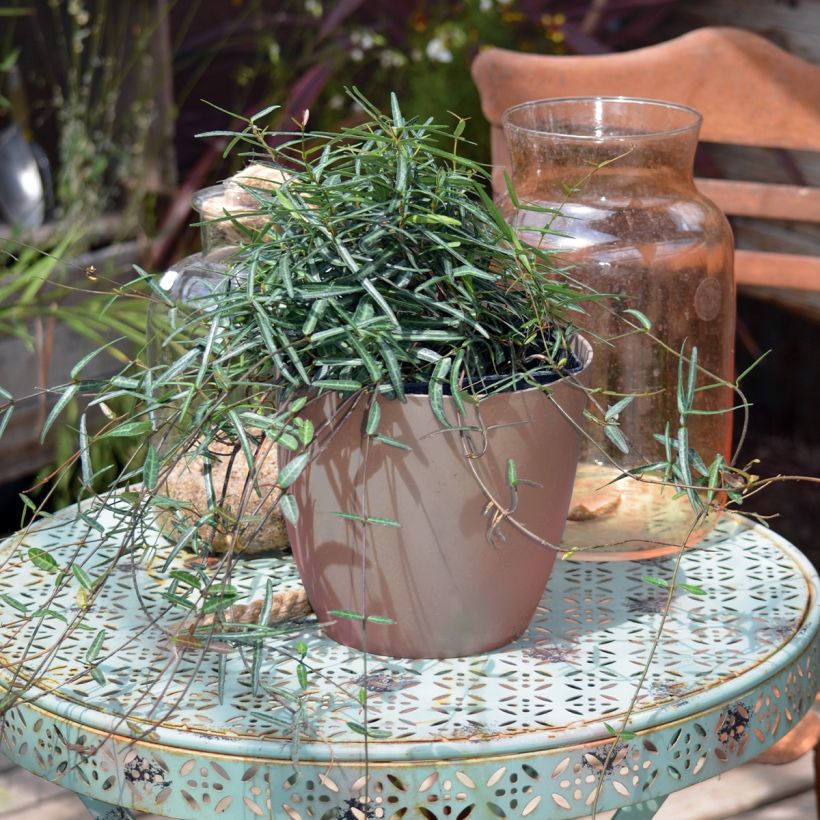

Plant habit
Flowering
Foliage
Botanical data
Trachelospermum
jasminoides
Waterwheel
Apocynaceae
Star Jasmine, Confederate Jasmine, Trader's Compass
Cultivar or hybrid
Other Star Jasmine - Trachelospermum
View all →Planting and care
Plant Trachelospermum 'Waterwheel' in full sun in colder areas, or partial shade in hot and very sunny climates. Plant it in well-drained soil, without excessive limestone, that remains moist and protected from cold winds. It can tolerate -12°C (10.4°F), but will fare better in very strong frosts if the foliage is protected with winter cover. During growth, water once or twice a week and apply liquid fertiliser twice a month. You can optionally prune it at the end of winter to control the plant's development or after each flush of flowers.
Planting period
Intended location
Care
Planting & care advice
-
, onOrder confirmed
Reply from on Promesse de fleurs
Similar products
Haven't found what you were looking for?
Hardiness is the lowest winter temperature a plant can endure without suffering serious damage or even dying. However, hardiness is affected by location (a sheltered area, such as a patio), protection (winter cover) and soil type (hardiness is improved by well-drained soil).

Photo Sharing Terms & Conditions
In order to encourage gardeners to interact and share their experiences, Promesse de fleurs offers various media enabling content to be uploaded onto its Site - in particular via the ‘Photo sharing’ module.
The User agrees to refrain from:
- Posting any content that is illegal, prejudicial, insulting, racist, inciteful to hatred, revisionist, contrary to public decency, that infringes on privacy or on the privacy rights of third parties, in particular the publicity rights of persons and goods, intellectual property rights, or the right to privacy.
- Submitting content on behalf of a third party;
- Impersonate the identity of a third party and/or publish any personal information about a third party;
In general, the User undertakes to refrain from any unethical behaviour.
All Content (in particular text, comments, files, images, photos, videos, creative works, etc.), which may be subject to property or intellectual property rights, image or other private rights, shall remain the property of the User, subject to the limited rights granted by the terms of the licence granted by Promesse de fleurs as stated below. Users are at liberty to publish or not to publish such Content on the Site, notably via the ‘Photo Sharing’ facility, and accept that this Content shall be made public and freely accessible, notably on the Internet.
Users further acknowledge, undertake to have ,and guarantee that they hold all necessary rights and permissions to publish such material on the Site, in particular with regard to the legislation in force pertaining to any privacy, property, intellectual property, image, or contractual rights, or rights of any other nature. By publishing such Content on the Site, Users acknowledge accepting full liability as publishers of the Content within the meaning of the law, and grant Promesse de fleurs, free of charge, an inclusive, worldwide licence for the said Content for the entire duration of its publication, including all reproduction, representation, up/downloading, displaying, performing, transmission, and storage rights.
Users also grant permission for their name to be linked to the Content and accept that this link may not always be made available.
By engaging in posting material, Users consent to their Content becoming automatically accessible on the Internet, in particular on other sites and/or blogs and/or web pages of the Promesse de fleurs site, including in particular social pages and the Promesse de fleurs catalogue.
Users may secure the removal of entrusted content free of charge by issuing a simple request via our contact form.
The flowering period indicated on our website applies to countries and regions located in USDA zone 8 (France, the United Kingdom, Ireland, the Netherlands, etc.)
It will vary according to where you live:
- In zones 9 to 10 (Italy, Spain, Greece, etc.), flowering will occur about 2 to 4 weeks earlier.
- In zones 6 to 7 (Germany, Poland, Slovenia, and lower mountainous regions), flowering will be delayed by 2 to 3 weeks.
- In zone 5 (Central Europe, Scandinavia), blooming will be delayed by 3 to 5 weeks.
In temperate climates, pruning of spring-flowering shrubs (forsythia, spireas, etc.) should be done just after flowering.
Pruning of summer-flowering shrubs (Indian Lilac, Perovskia, etc.) can be done in winter or spring.
In cold regions as well as with frost-sensitive plants, avoid pruning too early when severe frosts may still occur.
The planting period indicated on our website applies to countries and regions located in USDA zone 8 (France, United Kingdom, Ireland, Netherlands).
It will vary according to where you live:
- In Mediterranean zones (Marseille, Madrid, Milan, etc.), autumn and winter are the best planting periods.
- In continental zones (Strasbourg, Munich, Vienna, etc.), delay planting by 2 to 3 weeks in spring and bring it forward by 2 to 4 weeks in autumn.
- In mountainous regions (the Alps, Pyrenees, Carpathians, etc.), it is best to plant in late spring (May-June) or late summer (August-September).
The harvesting period indicated on our website applies to countries and regions in USDA zone 8 (France, England, Ireland, the Netherlands).
In colder areas (Scandinavia, Poland, Austria...) fruit and vegetable harvests are likely to be delayed by 3-4 weeks.
In warmer areas (Italy, Spain, Greece, etc.), harvesting will probably take place earlier, depending on weather conditions.
The sowing periods indicated on our website apply to countries and regions within USDA Zone 8 (France, UK, Ireland, Netherlands).
In colder areas (Scandinavia, Poland, Austria...), delay any outdoor sowing by 3-4 weeks, or sow under glass.
In warmer climes (Italy, Spain, Greece, etc.), bring outdoor sowing forward by a few weeks.






























